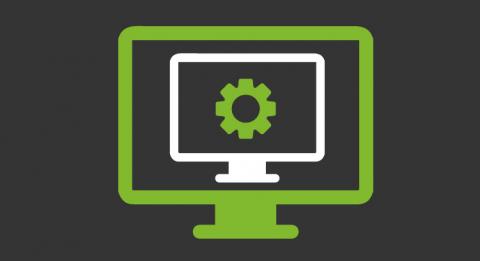How to Monitor Hybrid and Multi-Cloud Networks
By Des Nnochiri Most enterprises now use two or more cloud service providers, and 35% use up to five monitoring tools to keep tabs on hybrid cloud and multi-cloud environments. Even before organizations began shifting software and IT infrastructure to the cloud, a typical business would use four to ten tools just to monitor and troubleshoot their internal networks, according to analyst and consulting firm Enterprise Management Associates.







